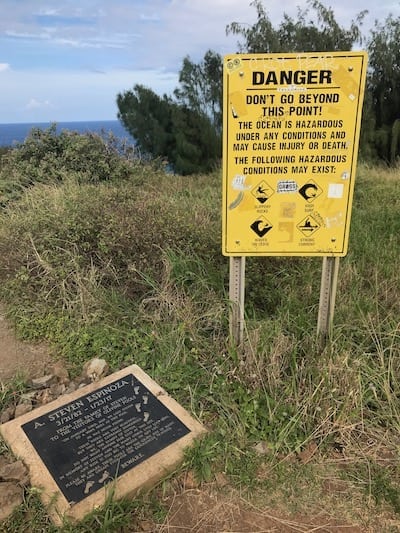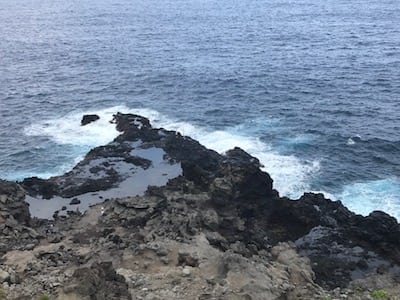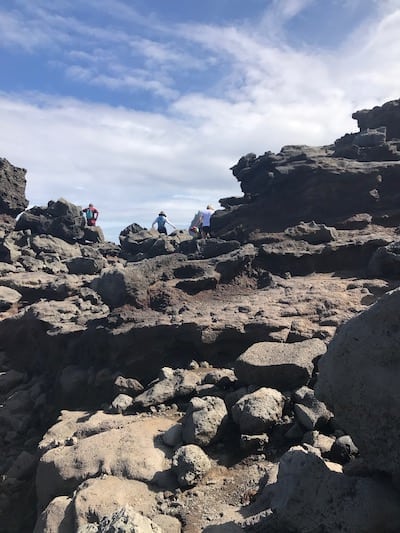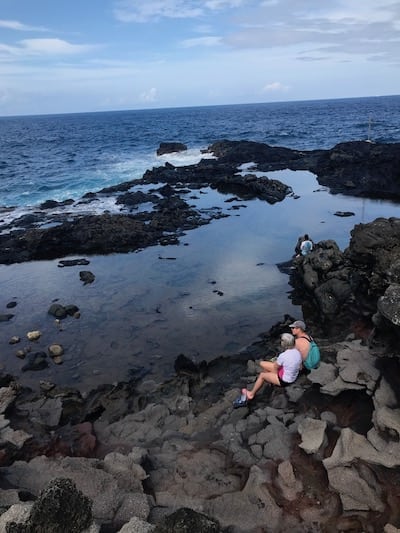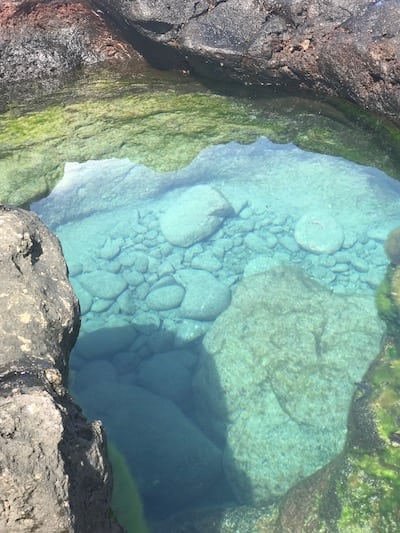Best Land Activities on Maui - HOP to it
When people come to Maui, they mostly gravitate towards the ocean. And with good reason! Our beaches are some of the finest in the world. Going on whale watches and snorkel excursions are a blast. But Maui is also a great place for outdoor activities that are based on land. Here are six of our favorite things to do on land on Maui, broken down into three activities that will pump your heart and three activities that are more passive.
Bicycling
Though the wind can sometimes cause issues, the climate on Maui makes for nice bike riding adventures. Head out early enough and most days you can avoid the wind, too. Between Maui's beautiful mountains and coastal highways, whether you prefer mountain or road biking, Maui has you covered. Here's our bicycling guide for six great rides on Maui (3 mountain, 3 road).
Hiking
There are few places on earth as beautiful as Maui. One of the best ways to explore the beauty is on its hiking trails. Whether you're an experienced hiker or a complete novice, Maui has trails for everyone. Some end in gorgeous waterfalls, others are coastal ridge hikes which offer incredible views of the ocean. Here is our Maui hiking guide, broken down by ease of hike.
Horseback Riding
It's probably not the first thing you think of when planning a trip to Maui, but there are some outstanding horseback riding opportunities on the Valley Isle. Maui has a long history of ranching and some of the best rides on Maui are on working ranches. Other rides take you along coastal trail. Here is an article on our favorite horseback riding excursions on Maui.
Botanical Gardens
The plants and flowers on Maui are truly unique. 89% of the plants in Hawaii are endemic, meaning they are native to Hawaii. We've found the best places to see the majority of them are at Maui's beautiful botanical gardens. Here is a list of our five favorite botanical gardens on Maui.
Drive the Road to Hana
We highly recommend driving to Hana... backwards. No, not literally driving in reverse. We mean, start by driving through Haiku and continuing counter-clockwise rather than starting in Paia and driving clockwise. Doing it counter-clockwise allows you to hit, in our opinion, the two biggest highlights of the trip, Seven Sacred Pools and the Pipiwai Trail (bamboo forest/400 ft. waterfall!) first, before they get crowded. Going "backwards" also means there's less traffic flowing in the direction you're driving. We have three Hana guides:
1. Hana Day Trip Planning Guide: Packing
2. Hana Day Trip Planning Guide: What to See
3. Hana Day Trip Planning Guide: Where to Eat
Farmers Markets
On any given day on Maui, you can find a robust farmers market with locally grown fruits and vegetables, artisanal goods and yummy foods. While some are notably better than others, depending on where you are on the island, it's easy to skip the grocery store and pick up fresh, local produce and fun souvenirs. Here is a list of our favorite farmers markets on Maui.
When you're out of the water on Maui, what are your favorite activities? Let us know in the comments below. Mahalo!
